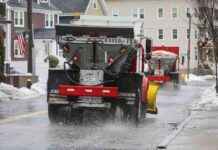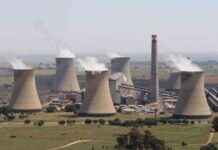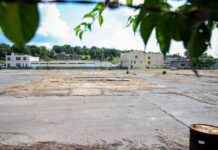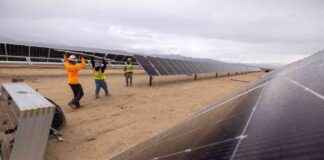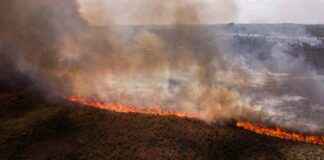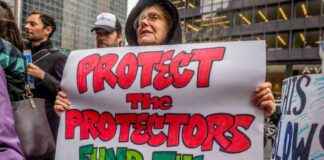The Environmental Protection Agency (EPA) plays a critical role in safeguarding communities across the United States from the harmful effects of pollution. In a groundbreaking initiative, President Joe Biden’s administration vowed to address environmental injustice, particularly in overpolluted areas in the South, through the Justice40 Initiative. However, four years later, the impact of these promises remains in question.
Unveiling Environmental Injustice
Under the Justice40 Initiative, the EPA, led by Administrator Michael Regan, embarked on a “Journey to Justice” across Southern towns with severe environmental issues. Regan’s eye-opening tour revealed the plight of communities burdened by pollution, from contaminated rivers to lead accumulation in the soil.
Challenges in the Pursuit of Justice
Despite promises of change, the struggle for environmental justice faced significant hurdles under the Biden administration. The EPA’s efforts to strengthen industrial regulations and engage with affected communities fell short of addressing systemic issues like fines for violations, permit reform, and government transparency.
A Quest for Answers Amidst Injustice
As a journalist retracing Regan’s path, the journey revealed the stark realities faced by communities like Jackson, Mossville, and Port Arthur. From lead contamination in water supplies to cancer clusters in industrial areas, the pervasive impact of pollution on public health and well-being was undeniable.
In conversations with local activists and residents, the deep-rooted challenges of unchecked industrial growth, discriminatory neglect, and regulatory limitations came to light. The EPA’s role in mitigating pollution sources, enforcing regulations, and ensuring community health remained a complex and evolving narrative of incremental progress in the face of economic interests.
Reflections on a Troubled Path
As the journey to justice continued, the limitations of government funding, regulatory reforms, and bureaucratic processes underscored the ongoing struggle for environmental equity. While promises of clean water, air, and lands echoed through official statements, the reality on the ground painted a stark picture of sacrifice without significant change.
In the face of mounting challenges, the EPA’s role in protecting communities against pollution and environmental hazards remains a critical but complex task. As the fight for environmental justice continues, the need for systemic change, community engagement, and meaningful action becomes increasingly urgent. The journey to justice is far from over, but the quest for a cleaner, safer environment for all remains a shared responsibility.



